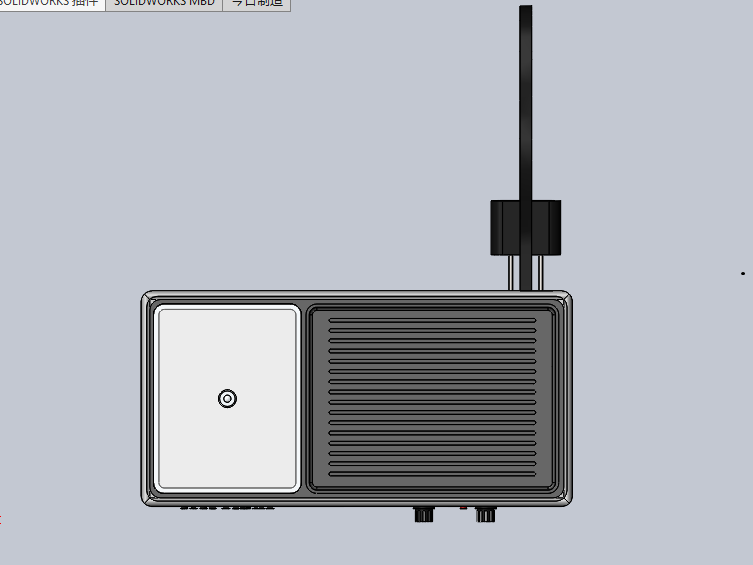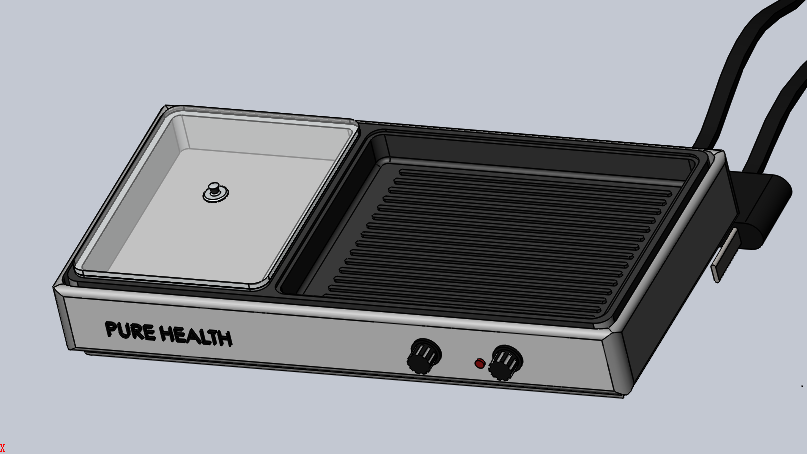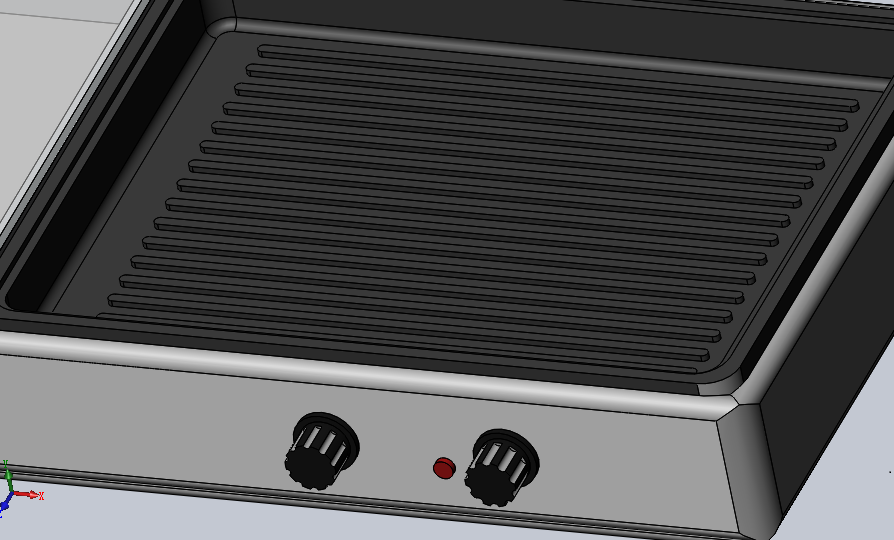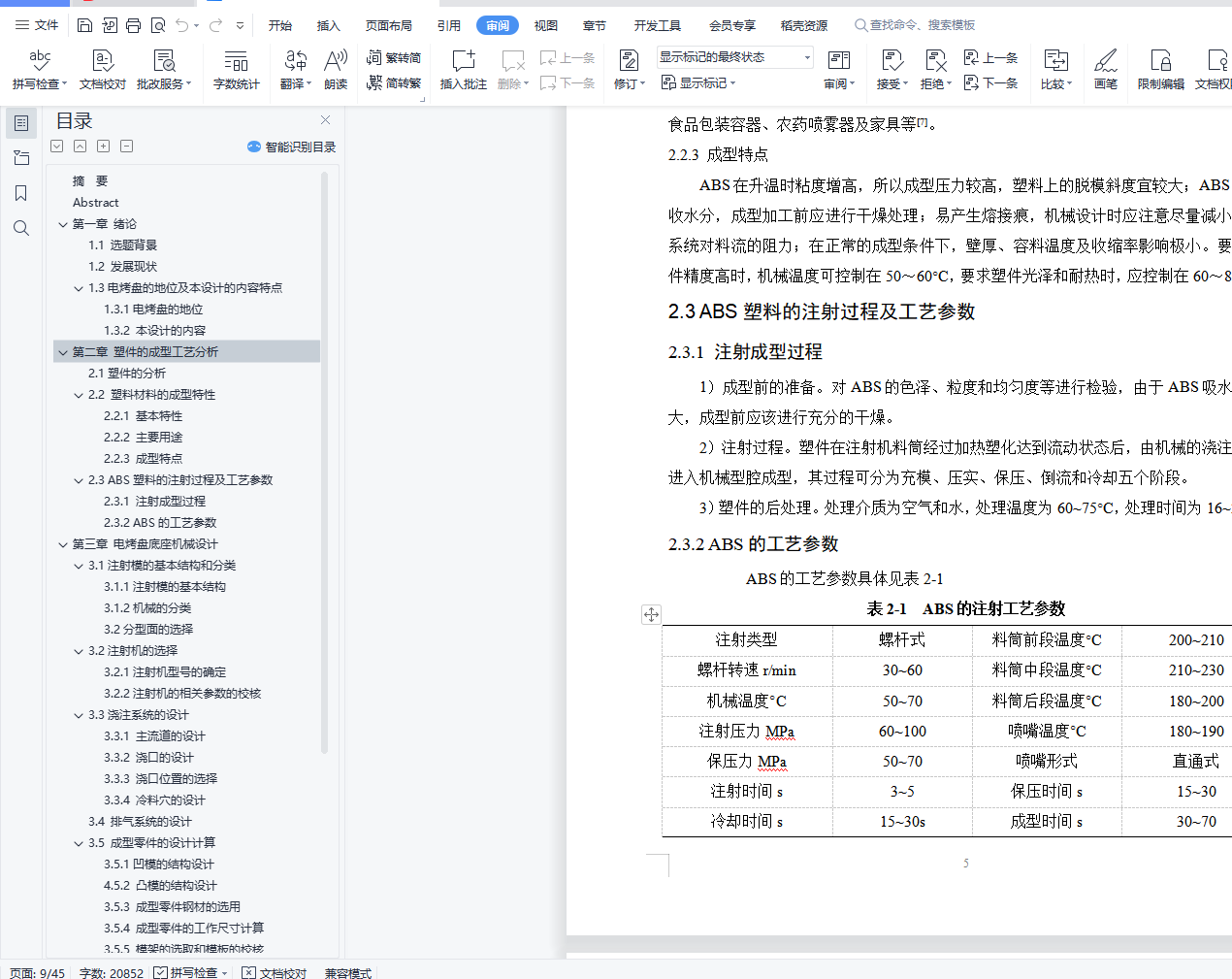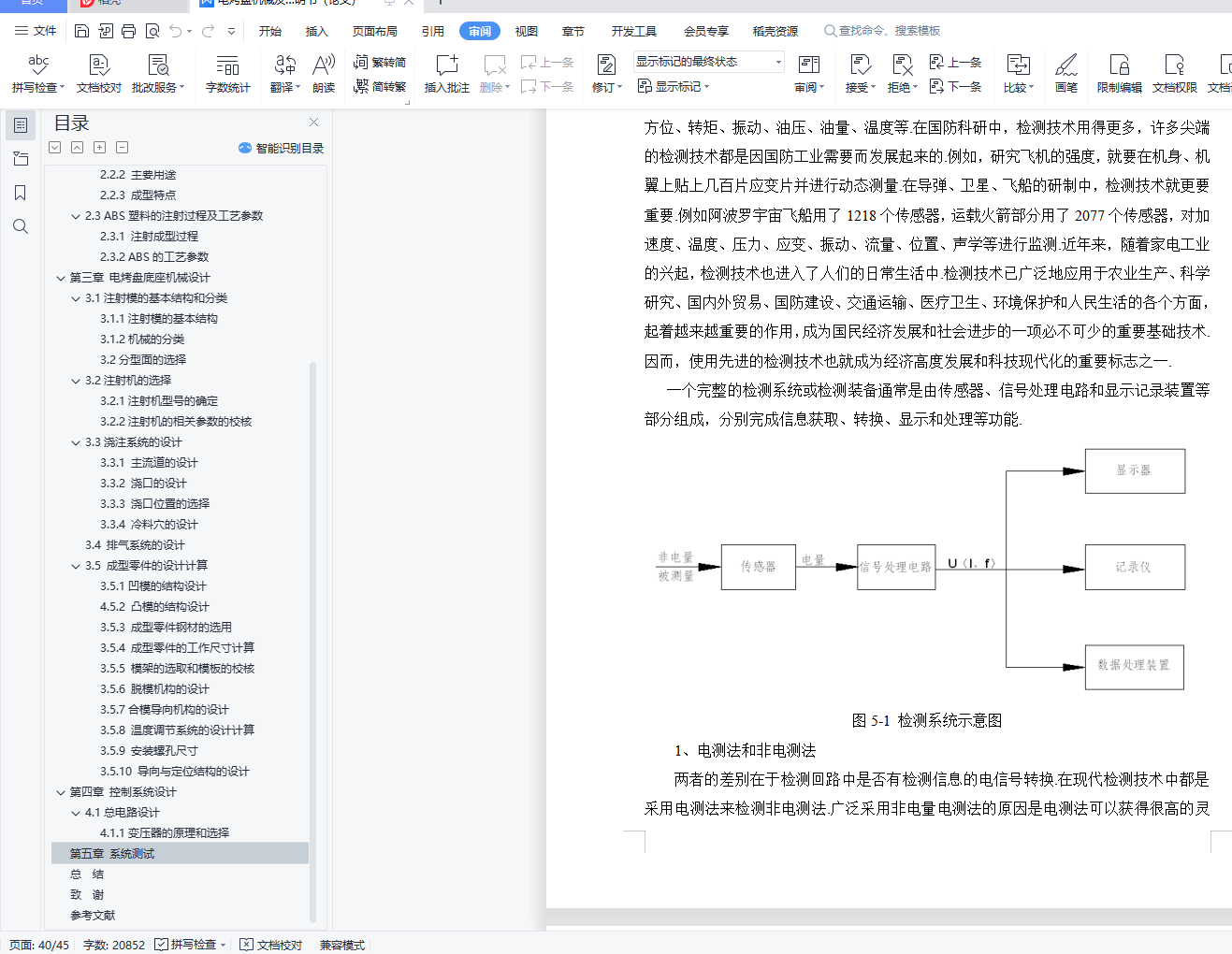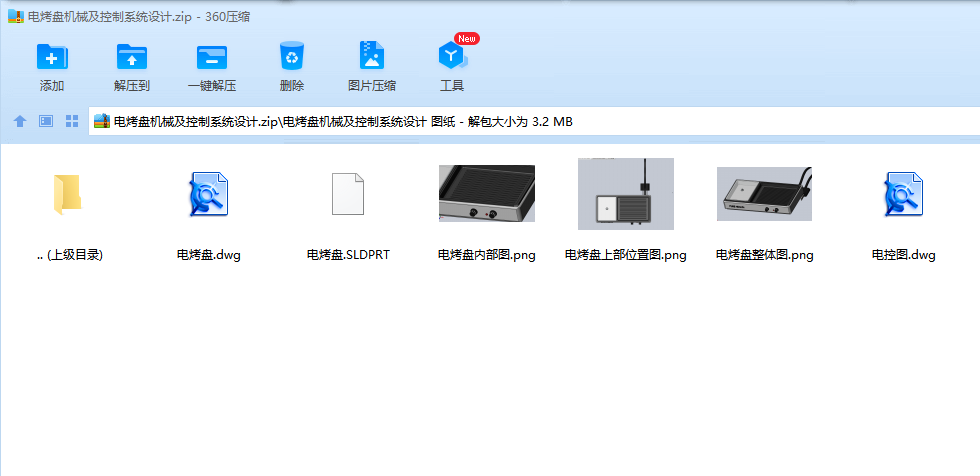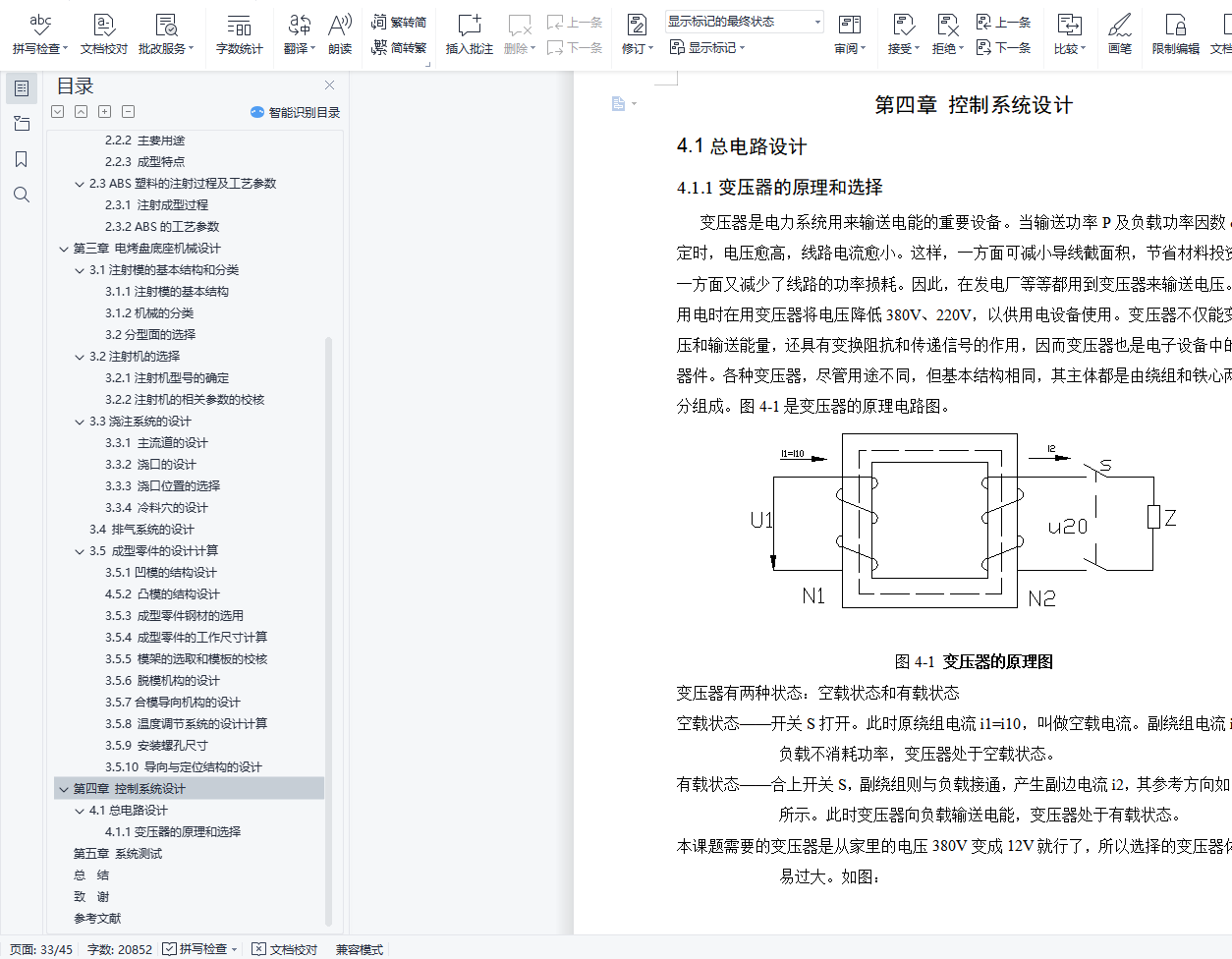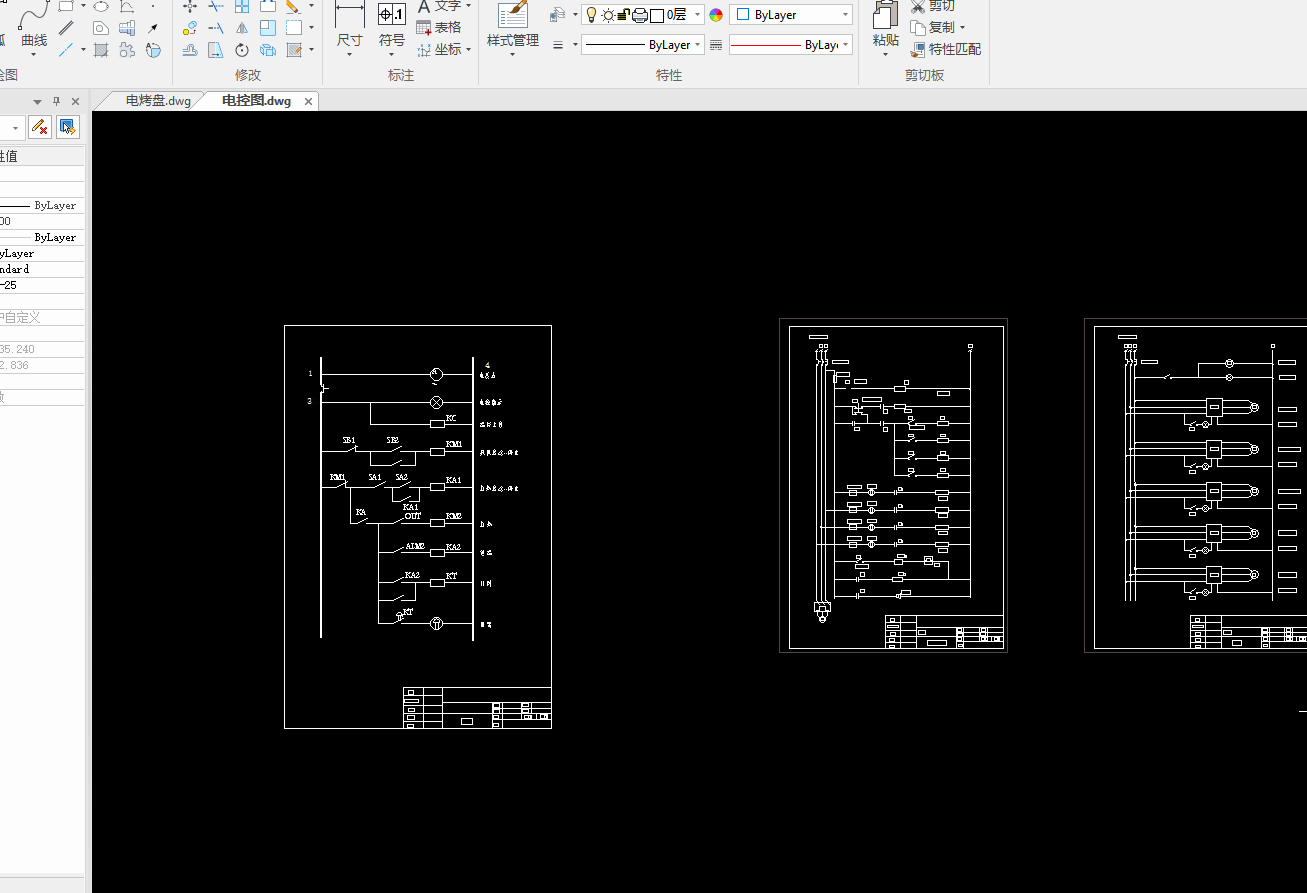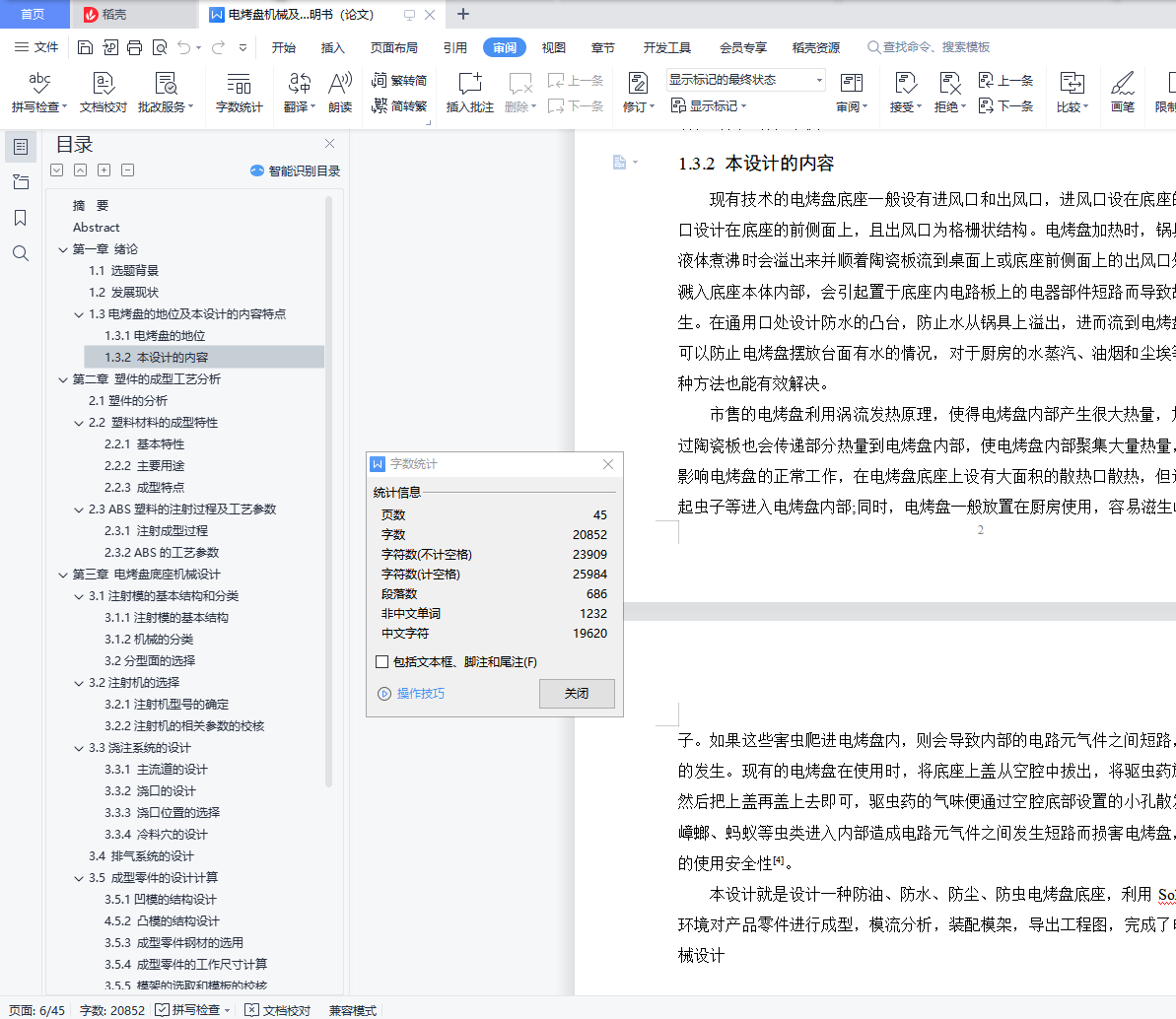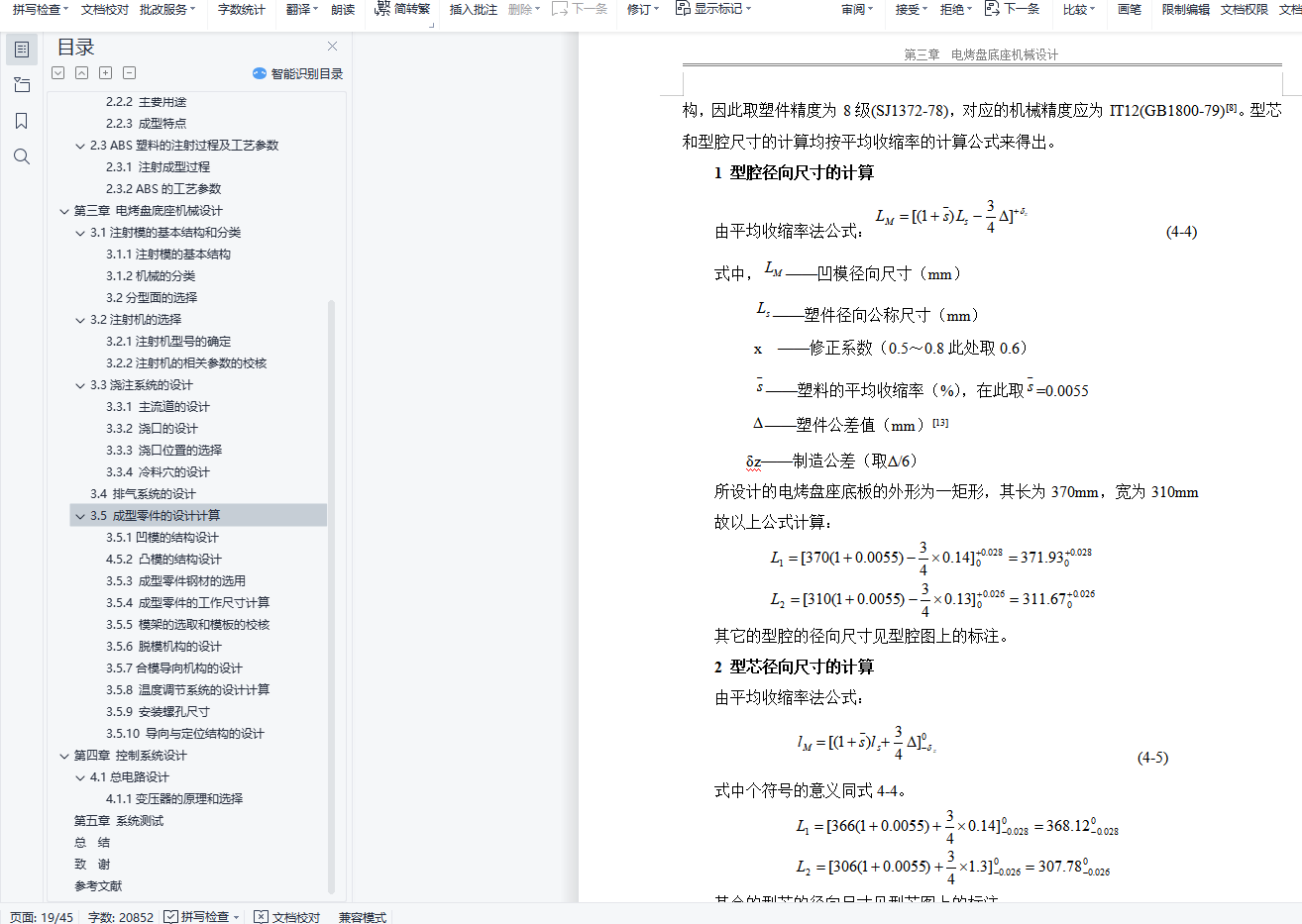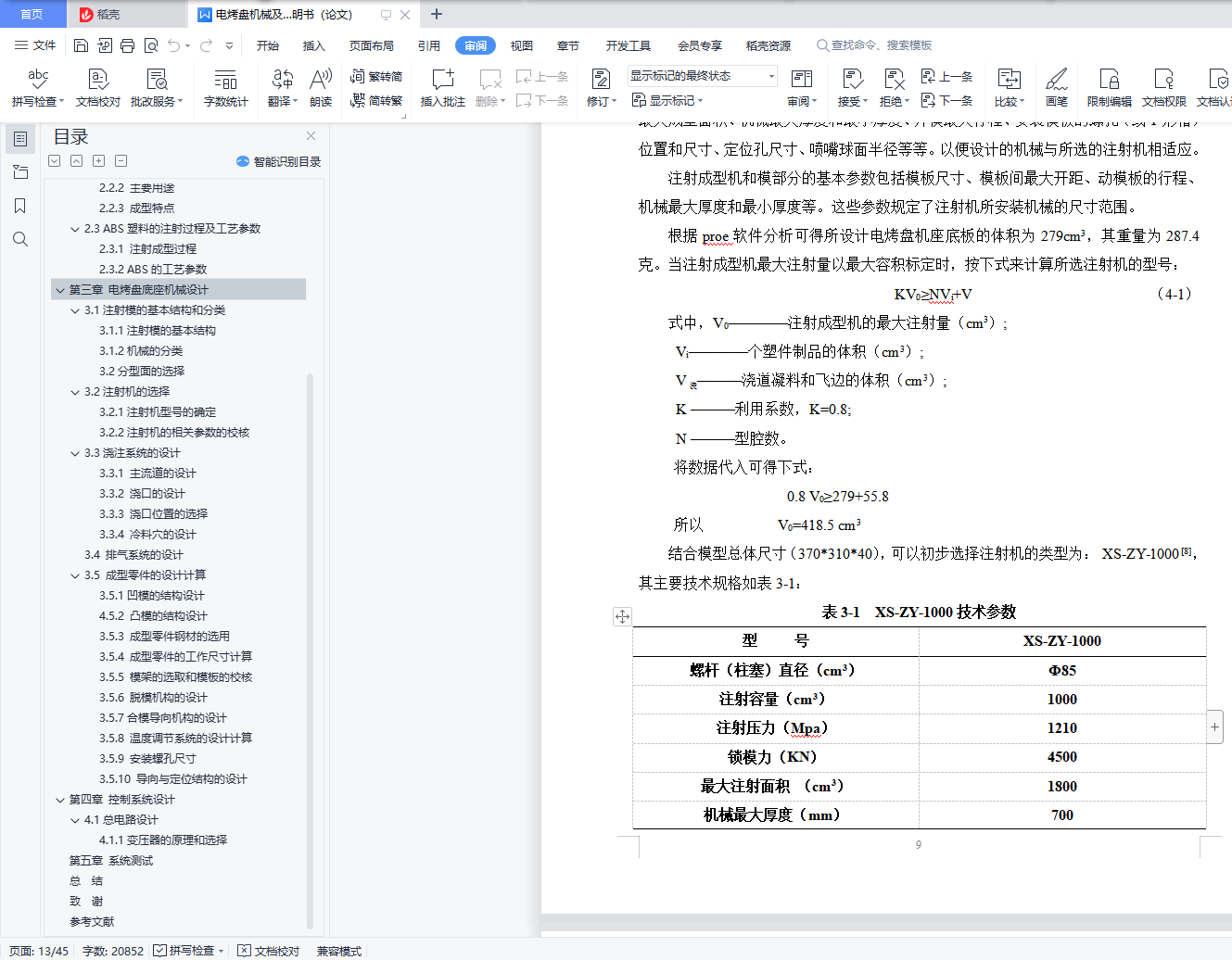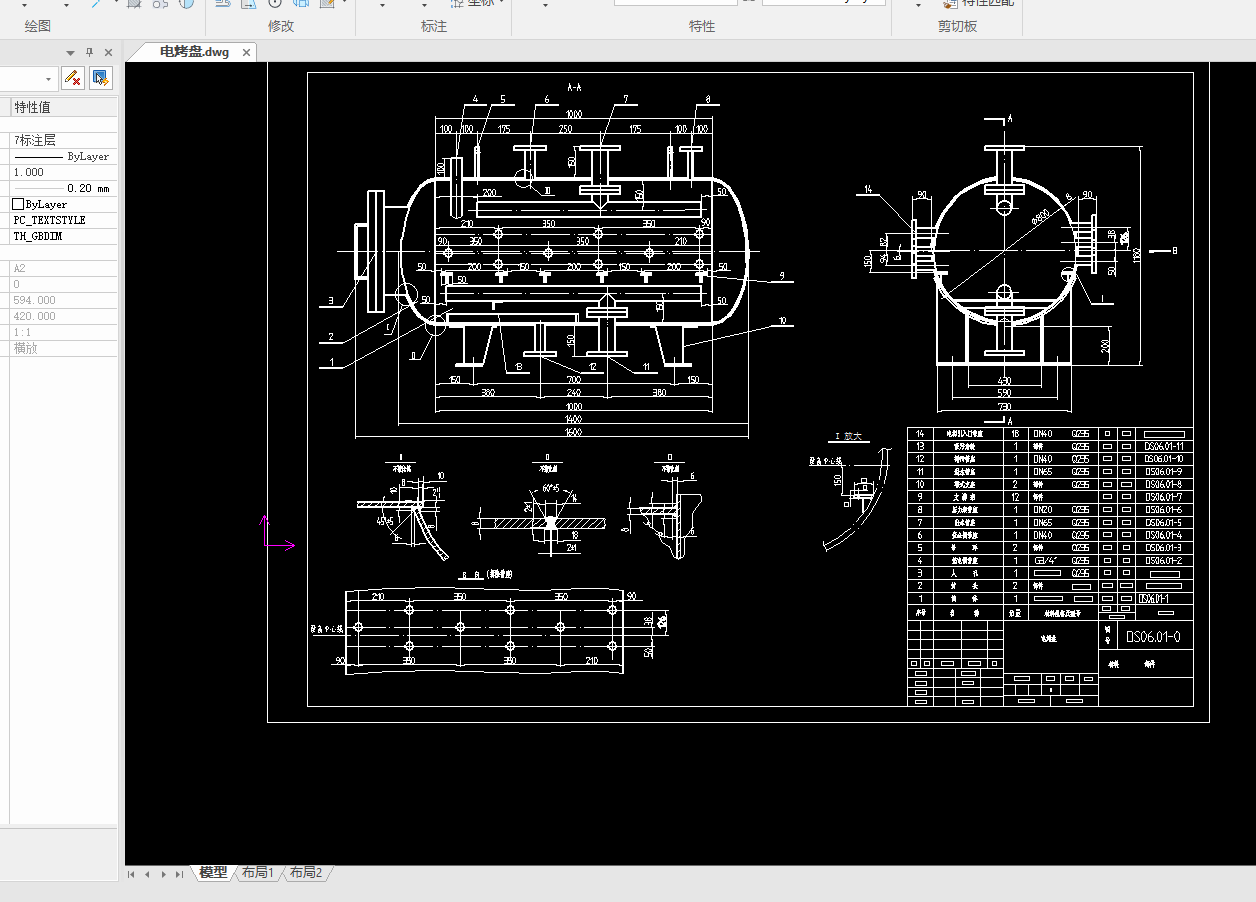摘 要
本次设计涉及电烤盘技术领域,特指一种多功能电烤盘机,包括有主机,主机内设置有发热装置,发热装置呈盘状;发热装置上可更换地设置有至少一个煮食盘,煮食盘为蒸煮盘或烧烤盘;所述电烤盘还包括有反射板,所述反射板置于所述发热装置的底面上,且所述反射板的边缘贴在所述发热装置的边缘上。应用SolidWorks在机械设计的应用,和在SolidWorks环境进行塑料机械设计的基本流程和方法,分析了电烤盘底座塑件的结构特点及其成型材料的成型特征,利用SolidWorks设计一种防油、防水、防尘电烤盘底座的注射机械结构。模拟最优方案,节省机械设计的时间。
结合小型电蒸锅在使用过程中存在的问题,为确保其使用起来更加安全可靠,特根据实际问题设计了电蒸锅自动控制系,文章对小型电蒸锅自动控制系统的设计原因及工作原理做了详细介绍,具有一定的实际应用价值。
关键词:电烤盘;底座 ;注射模;机械设计;控制系统
Abstract
This design relates to the field of electric baking plate, including a main machine with a heating device with a heating device and on the bottom surface of the reflecting plate attached to the edge of the heating device.Using the application of SolidWorks in mechanical design and the basic process and method of plastic mechanical design in the SolidWorks environment, the structural characteristics of the plastic parts of the electric baking plate base and the forming materials are analyzed, and an injection mechanical structure of the oil-proof, waterproof and dustproof electric baking plate base is designed using SolidWorks.Simthe optimal scheme to save time in mechanical design.
Combined with the problems existing in the use of small electric steamer, in order to ensure its safe and reliable use, the automatic control system is designed according to the actual problems. The article introduces the design reasons and working principle of the automatic control system of small electric steamer in detail, which has certain practical application value.
Key words: electric baking plate; base; injection mold; mechanical design; control system
目 录
摘 要 I
Abstract II
第一章 绪论 1
1.1 选题背景 1
1.2 发展现状 1
1.3电烤盘的地位及本设计的内容特点 2
1.3.1电烤盘的地位 2
1.3.2 本设计的内容 2
第二章 塑件的成型工艺分析 4
2.1塑件的分析 4
2.2 塑料材料的成型特性 4
2.2.1 基本特性 4
2.2.2 主要用途 5
2.2.3 成型特点 5
2.3 ABS塑料的注射过程及工艺参数 5
2.3.1 注射成型过程 5
2.3.2 ABS的工艺参数 5
第三章 电烤盘底座机械设计 7
3.1注射模的基本结构和分类 7
3.1.1注射模的基本结构 7
3.1.2机械的分类 7
3.2分型面的选择 7
3.2注射机的选择 9
3.2.1注射机型号的确定 9
3.2.2注射机的相关参数的校核 10
3.3浇注系统的设计 11
3.3.1 主流道的设计 11
3.3.2 浇口的设计 12
3.3.3 浇口位置的选择 13
3.3.4 冷料穴的设计 13
3.4 排气系统的设计 13
3.5 成型零件的设计计算 14
3.5.1凹模的结构设计 14
4.5.2 凸模的结构设计 14
3.5.3 成型零件钢材的选用 14
3.5.4 成型零件的工作尺寸计算 14
3.5.5 模架的选取和模板的校核 19
3.5.6 脱模机构的设计 20
3.5.7合模导向机构的设计 23
3.5.8 温度调节系统的设计计算 23
3.5.9 安装螺孔尺寸 28
3.5.10 导向与定位结构的设计 28
第四章 控制系统设计 29
4.1总电路设计 29
4.1.1变压器的原理和选择 29
第五章 系统测试 36
总 结 39
致 谢 40
参考文献 41
